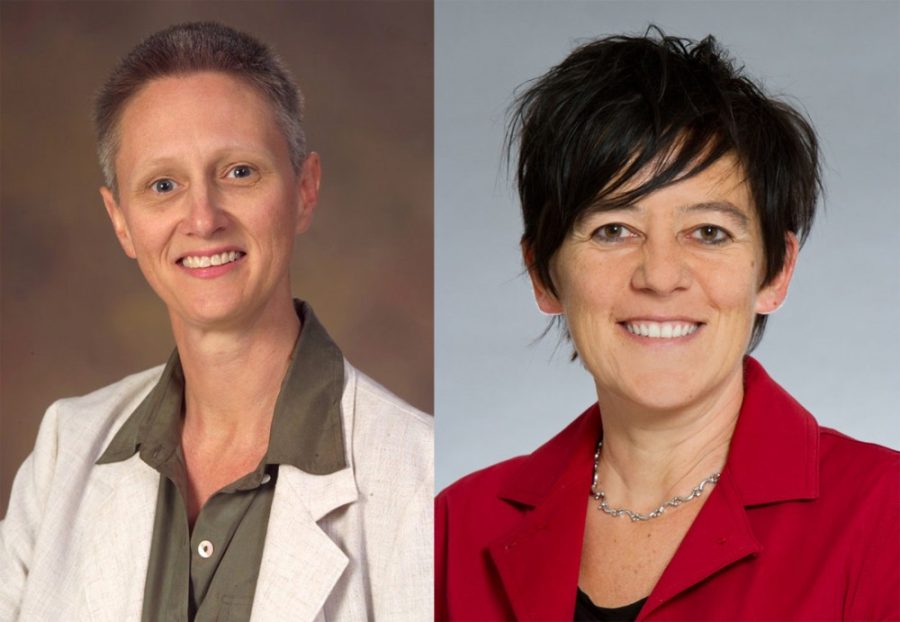The Arizona Developmental Disabilities Surveillance Program has recently received a $2 million grant from the U.S. Centers for Disease Control and Prevention to continue research on autism spectrum disorders.
Led by co-principal investigators Sydney Pettygrove, an epidemiologist and assistant professor in the UA Mel & Enid Zuckerman College of Public Health, and Margaret Kurzius-Spencer, assistant professor of pediatrics and public health, the program will receive the donation over the course of four years.
Pettygrove said the most basic goal of the Steele Children’s Research Center program at the College of Medicine is to provide an estimate of what proportion of children are affected by autism spectrum disorders within defined populations. It is important to know this kind of information in planning for services for those people, mainly to predict the size of the demographic, Pettygrove said.
“If something should happen and we get a big increase in cases, it’s hard to know you have an increase if you never knew how many you had in the first place,” she said. “Solid information on how many kids to expect really have been quite lacking prior to the multisite effort that’s being conducted and funded from [the] CDC.”
Pettygrove said when she was working on her Ph.D., her interest was in reproductive health effects of occupational and environmental exposures. In 2001, she was connected with one of the original principal investigators for the Arizona Developmental Disabilities Surveillance Program, and they were looking for someone to help coordinate the study.
The program is ongoing and has been since 2000, Pettygrove said. It takes about two years to collect and evaluate the information from a single year, and information is collected on even-numbered years.
“The new funding will allow us to collect information of the years 2014 and 2016,” Pettygrove said.
Autism spectrum disorders are developmental disorders that affect children in their communication abilities, behaviors, interests and social skills, she said. Fascinations with narrow and intense interests are seen in children who have higher intellectual function and more repetitive physical behaviors, such as hair twirling or rocking, are seen in children who are also intellectually disabled.
“The diagnosis of autism is one of the big challenges for us in conducting surveillance because,” Pettygrove said. “Unlike some other conditions, there are no laboratory-based tests. Autism spectrum disorders are diagnosed based on observations of behavior and history of their behavior as reported by their parents and their teachers.”
Pettygrove explained that the research methods do not rely on previous documentation of autism spectrum disorder, but they review records that are generated from the special education system and clinical encounters.
Gondy Leroy, an associate professor of management information systems at the UA, said one component of her job as a co-investigator is trying to build computing tools that support the psychologists. She has worked on other autism-related projects and developed software to help children with autism communicate using pictures with her research team.
“We want to build [neurolinguistic programming] tools to support the large portion of the work being done in reviewing the records,” Leroy said. “They would, for example, highlight relevant phrases for the psychologists, or they would be able to, if they find enough triggers, decide if something should be further reviewed.”
The kind of work being done by Leroy, Pettygrove, Kurzius-Spencer and others at the program is a crucial part of furthering the scientific community’s conception of autism spectrum disorders.
“We still don’t have a clear understanding of the causes of autism,” Pettygrove said. “Environmental exposures are part of the picture; we know that genetics are part of the picture — but exactly which aspects of the environment are involved remains an open question. We have a variety of analyses planned to begin looking more at the environment to the extent that we are able to with the data we have collected.”
_______________
Follow Brandi Walker on Twitter.









